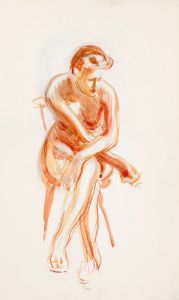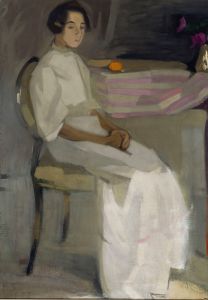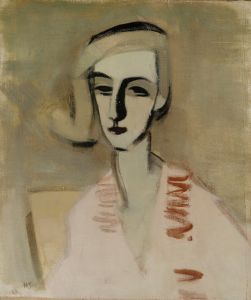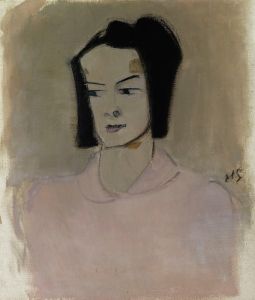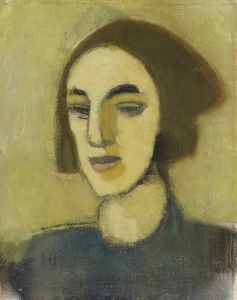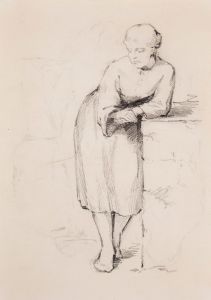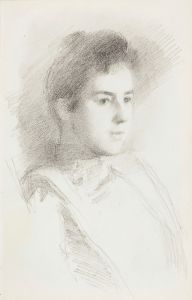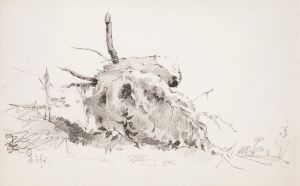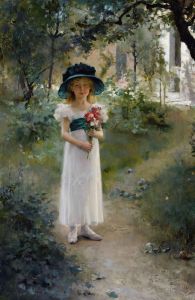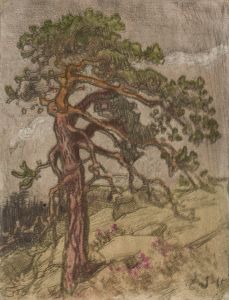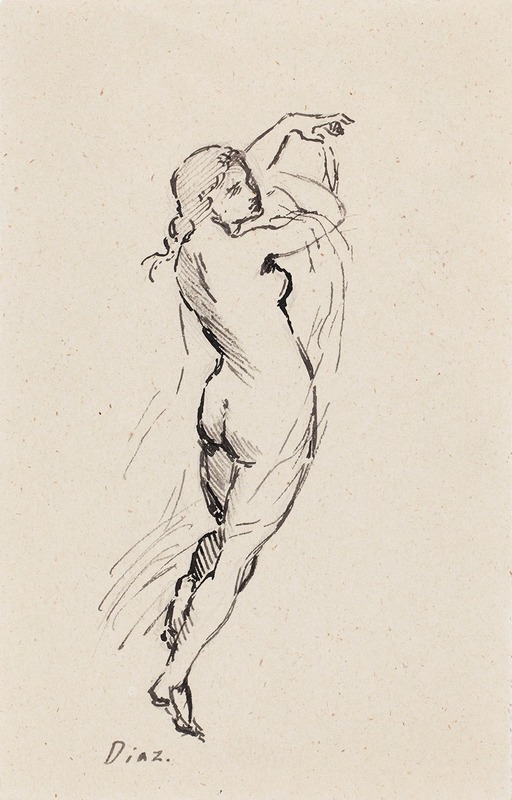
Tanssiva alaston nainen, Diaz de la Penan mukaan
A hand-painted replica of Helene Schjerfbeck’s masterpiece Tanssiva alaston nainen, Diaz de la Penan mukaan, meticulously crafted by professional artists to capture the true essence of the original. Each piece is created with museum-quality canvas and rare mineral pigments, carefully painted by experienced artists with delicate brushstrokes and rich, layered colors to perfectly recreate the texture of the original artwork. Unlike machine-printed reproductions, this hand-painted version brings the painting to life, infused with the artist’s emotions and skill in every stroke. Whether for personal collection or home decoration, it instantly elevates the artistic atmosphere of any space.
Helene Schjerfbeck (1862–1946) was a Finnish painter known for her modernist approach and distinctive style, which evolved significantly over her career. One of her works, Tanssiva alaston nainen, Diaz de la Penan mukaan (Dancing Nude Woman, After Diaz de la Pena), reflects her interest in studying and reinterpreting the works of earlier artists. This painting is part of Schjerfbeck's broader exploration of form, movement, and the human figure.
The title of the painting indicates that it was inspired by or based on the work of French painter Narcisse Virgilio Díaz de la Peña (1807–1876), who was associated with the Barbizon school and known for his romantic landscapes and depictions of figures in natural settings. Schjerfbeck’s choice to reference Díaz de la Peña suggests her engagement with art history and her practice of reinterpreting classical or romantic themes through her own modernist lens.
The painting itself depicts a nude female figure in motion, capturing a sense of fluidity and grace. Schjerfbeck’s treatment of the subject demonstrates her skill in rendering the human form while also emphasizing the emotional and expressive qualities of the figure. The work is characterized by her use of soft, muted tones and a focus on the interplay of light and shadow, which are hallmarks of her mature style.
Schjerfbeck often revisited themes and subjects from art history, reimagining them in ways that reflected her personal vision and the influences of modernism. This painting is an example of her ability to bridge the past and the present, drawing inspiration from earlier artists while creating works that were distinctly her own.
The exact date of the painting is not definitively documented, but it is consistent with Schjerfbeck’s broader body of work, which includes studies of the human figure and reinterpretations of historical art. As with many of her works, Tanssiva alaston nainen, Diaz de la Penan mukaan demonstrates her mastery of composition and her ability to convey emotion and movement through subtle, refined techniques.
This painting is part of Schjerfbeck’s legacy as one of Finland’s most celebrated artists. Her innovative approach and her ability to synthesize influences from various artistic traditions have secured her place in the history of modern art.





